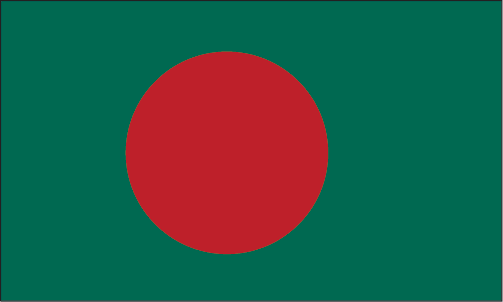
Bangladesh's economy has grown roughly 6% per year since 1996 despite political instability, poor infrastructure, corruption, insufficient power supplies, slow implementation of economic reforms, and the 2008-09 global financial crisis and recession. Although more than half of GDP is generated through the service sector, almost half of Bangladeshis are employed in the agriculture sector with rice as the single-most-important product. Garment exports, the backbone of Bangladesh’s industrial sector and 80% of total exports, surpassed $21 billion last year, 18% of GDP. The sector has remained resilient in recent years amidst a series of factory accidents that have killed over 1,000 workers and crippling strikes that shut down virtually all economic activity. Steady garment export growth combined with remittances from overseas Bangladeshis, which totaled almost $15 billion and 13% of GDP IN 2013, are the largest contributors to Bangladesh’s current account surplus and record foreign exchange holdings.
$324.6 billion (2013 est.)
country comparison to the world: 44
$307 billion (2012 est.)
$289.2 billion (2011 est.)
5.8% (2013 est.)
country comparison to the world: 42
6.1% (2012 est.)
6.5% (2011 est.)
$2,100 (2013 est.)
country comparison to the world: 194
$2,000 (2012 est.)
$1,900 (2011 est.)
agriculture: 17.2%
industry: 28.9%
services: 53.9% (2013 est.)
31.5% (2010 est.)
7.6% (2013 est.)
country comparison to the world: 191
6.6% (2012 est.)
78.62 million
country comparison to the world: 7
note: extensive export of labor to Saudi Arabia, Kuwait, UAE, Oman, Qatar, and Malaysia; workers' remittances were $10.9 billion in FY09/10 (2013 est.)
agriculture: 47%
industry: 13%
services: 40% (2010 est.)
5% (2013 est.)
country comparison to the world: 48 5% (2012 est.)
note: about 40% of the population is underemployed; many persons counted as employed work only a few hours a week and at low wages
jute, cotton, garments, paper, leather, fertilizer, iron and steel, cement, petroleum products, tobacco, pharmaceuticals, ceramics, tea, salt, sugar, edible oils, soap and detergent, fabricated metal products, electricity, natural gas
9% (2013 est.)
country comparison to the world: 20